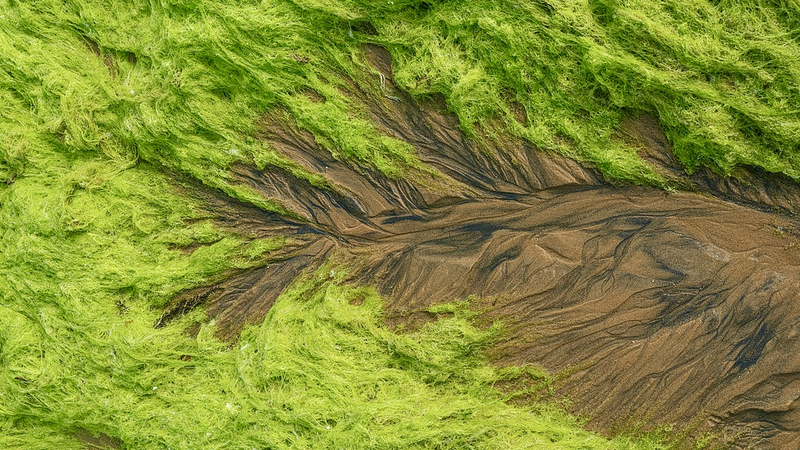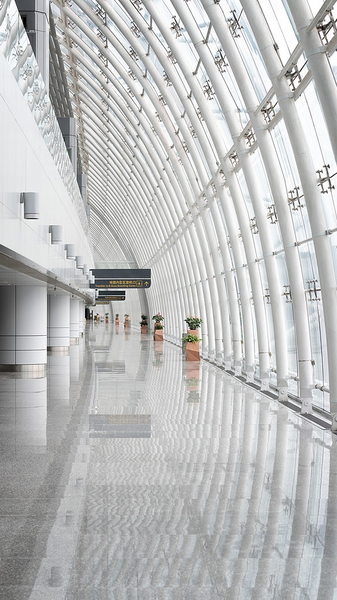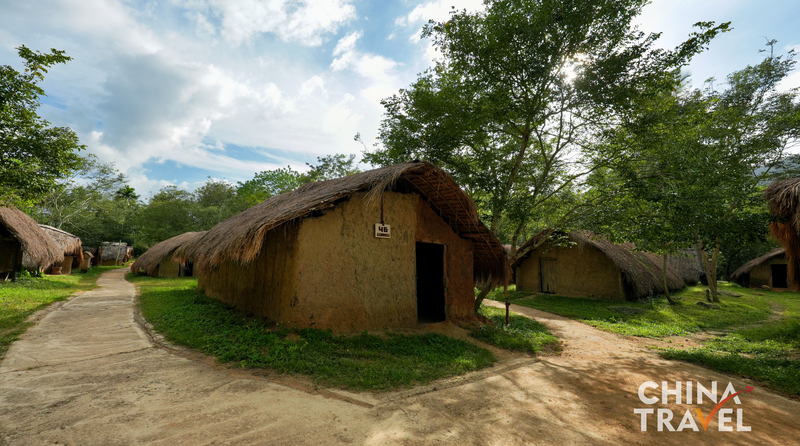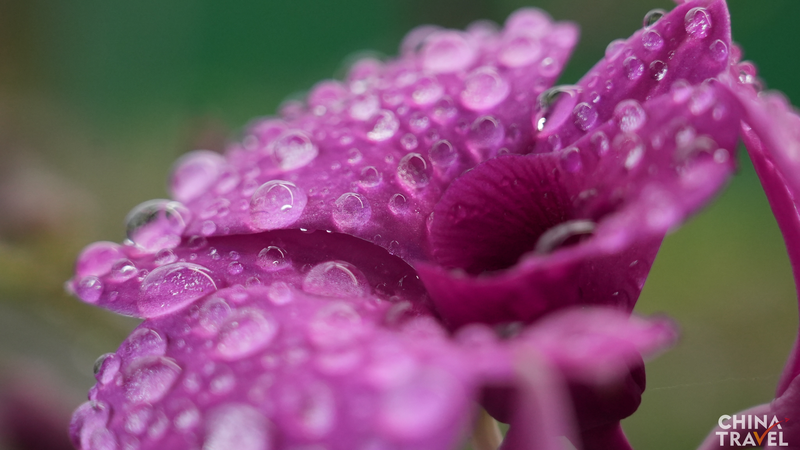Every summer on the Chinese mainland, the coastal city of Qingdao in Shandong Province hosts a natural spectacle that blurs the line between art and ecology. As clusters of branched string lettuce drift gently like emerald streamers, they paint the water’s surface—earning them the nickname 'tidal trees'.
When the tide ebbs, these floating plants settle on exposed mudflats, merging with submerged tree silhouettes and the sand’s ripples below. The result is a living tableau that shifts with each tide cycle, captivating photographers, travelers, and eco-enthusiasts around the world.
For scientists and local conservationists, the tidal trees are more than a visual treat—they’re a data point. String lettuce thrives in nutrient-rich waters, making its abundance an indicator of coastal health. Tracking these green drifts helps researchers gauge the impact of pollution and climate change on marine ecosystems.
But the phenomenon extends beyond science. Digital nomads and adventure seekers are flocking to Qingdao’s shoreline for sunrise tide-watching sessions, sharing time-lapse videos under #TidalTrees. The trend highlights a growing appetite for immersive, sustainable travel—where Instagram-worthy landscapes meet hands-on environmental awareness.
As Qingdao continues to champion eco-friendly tourism and community-led conservation, the tidal trees stand as a symbol of harmony between nature and society. From entrepreneurs drawing inspiration to activists spotlighting sustainability, this seasonal artwork reminds us that some of the most powerful stories come straight from the tide’s embrace.
Reference(s):
cgtn.com




